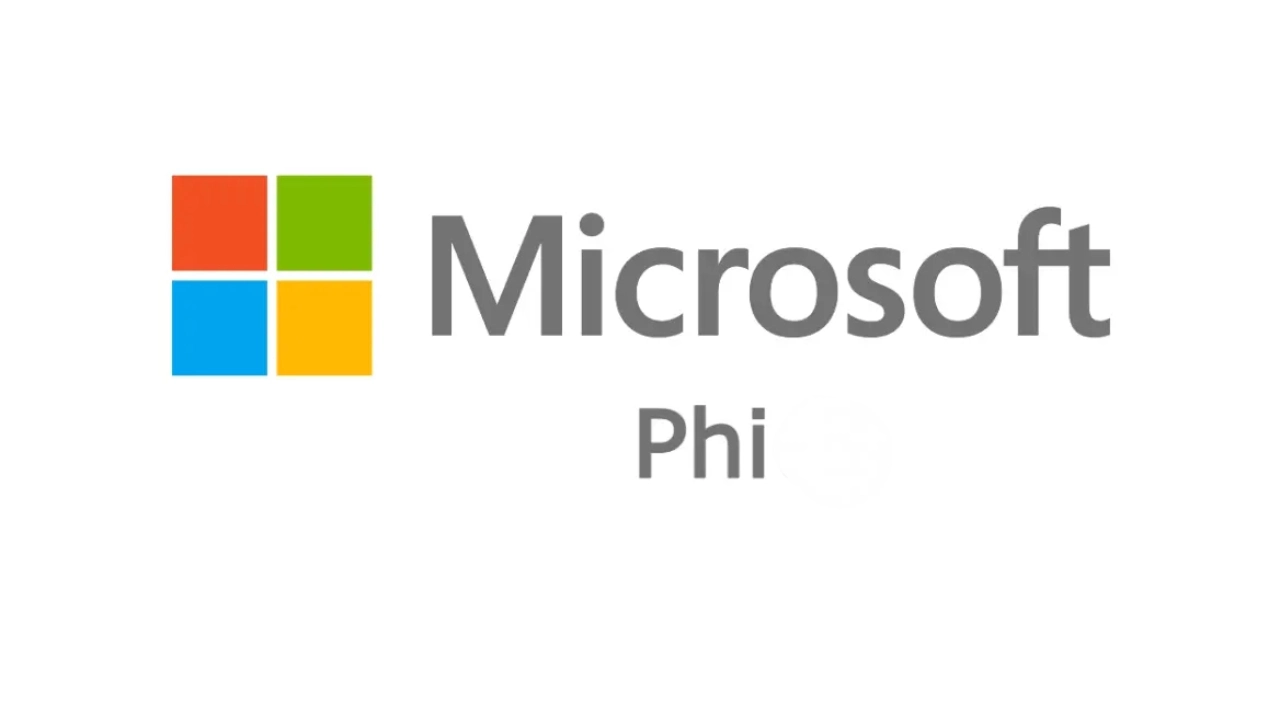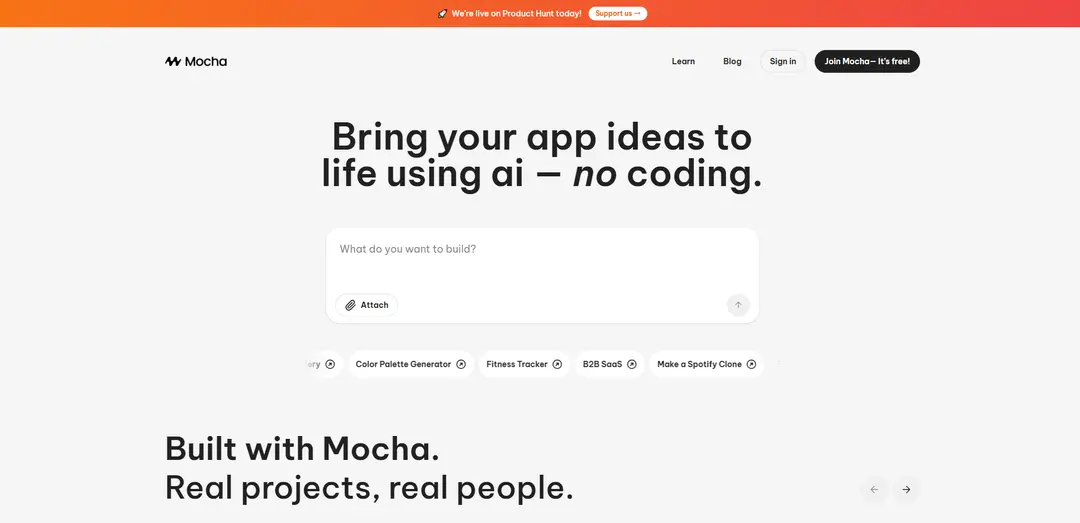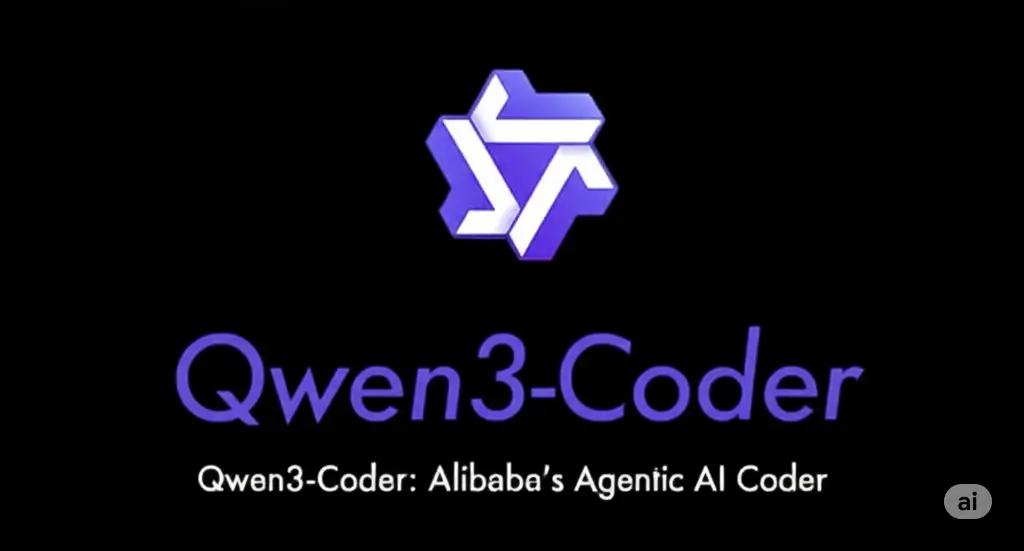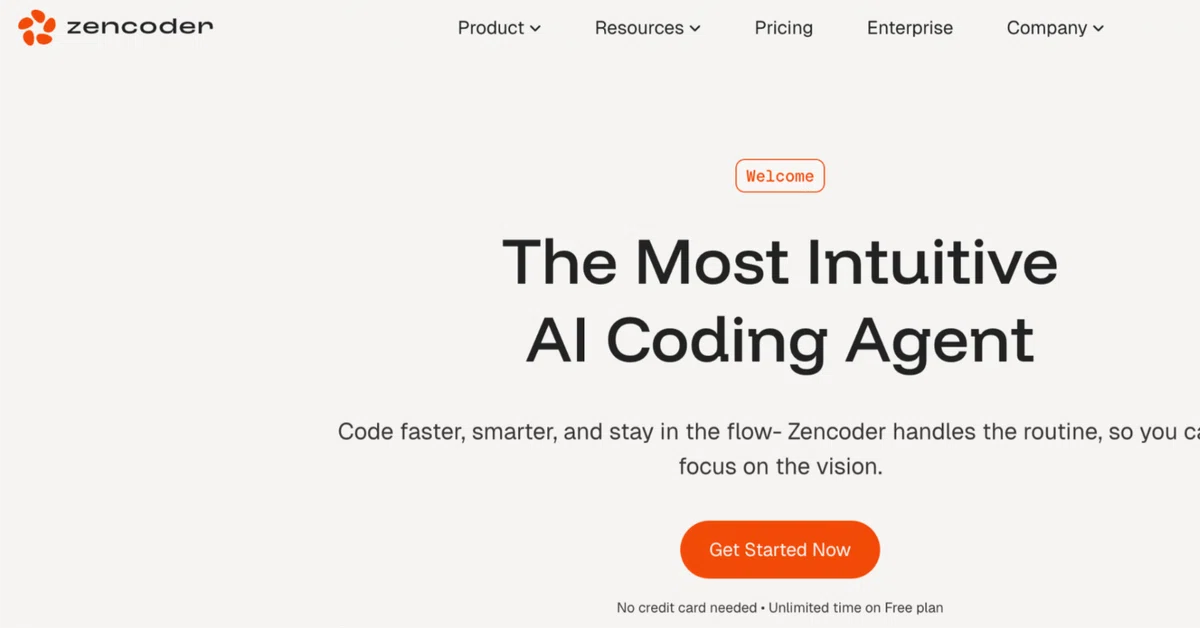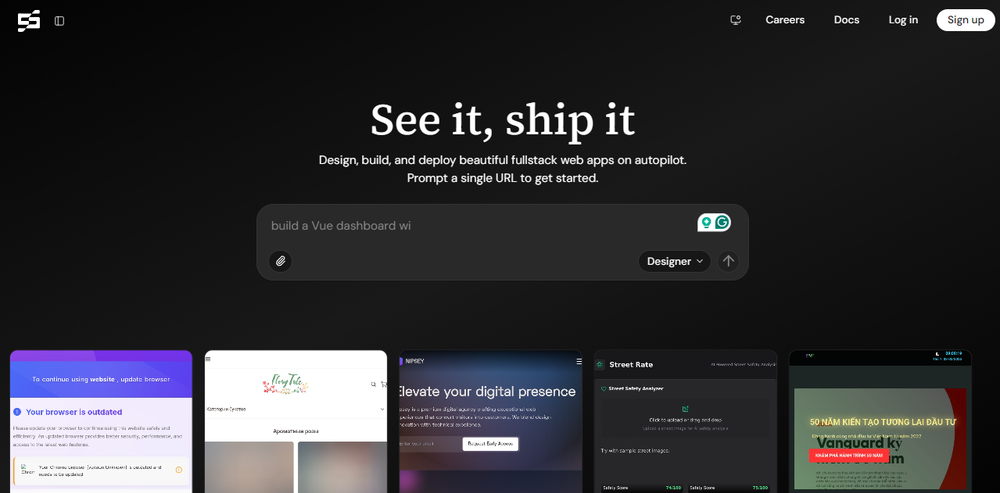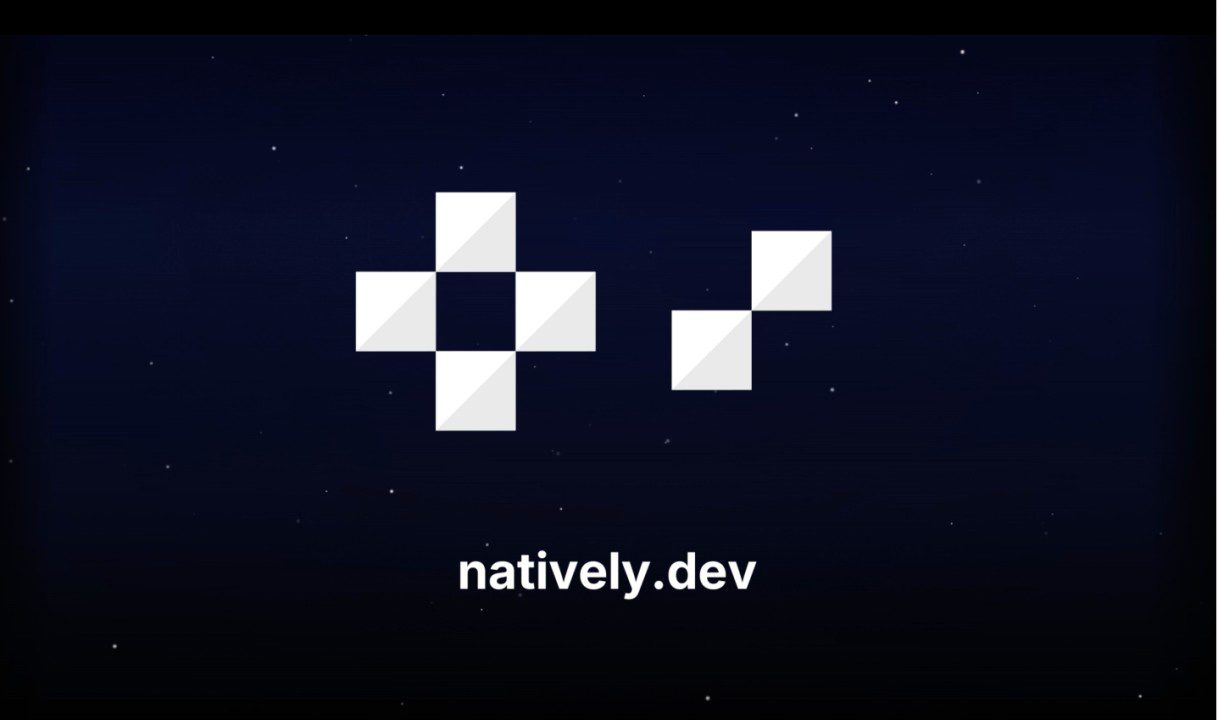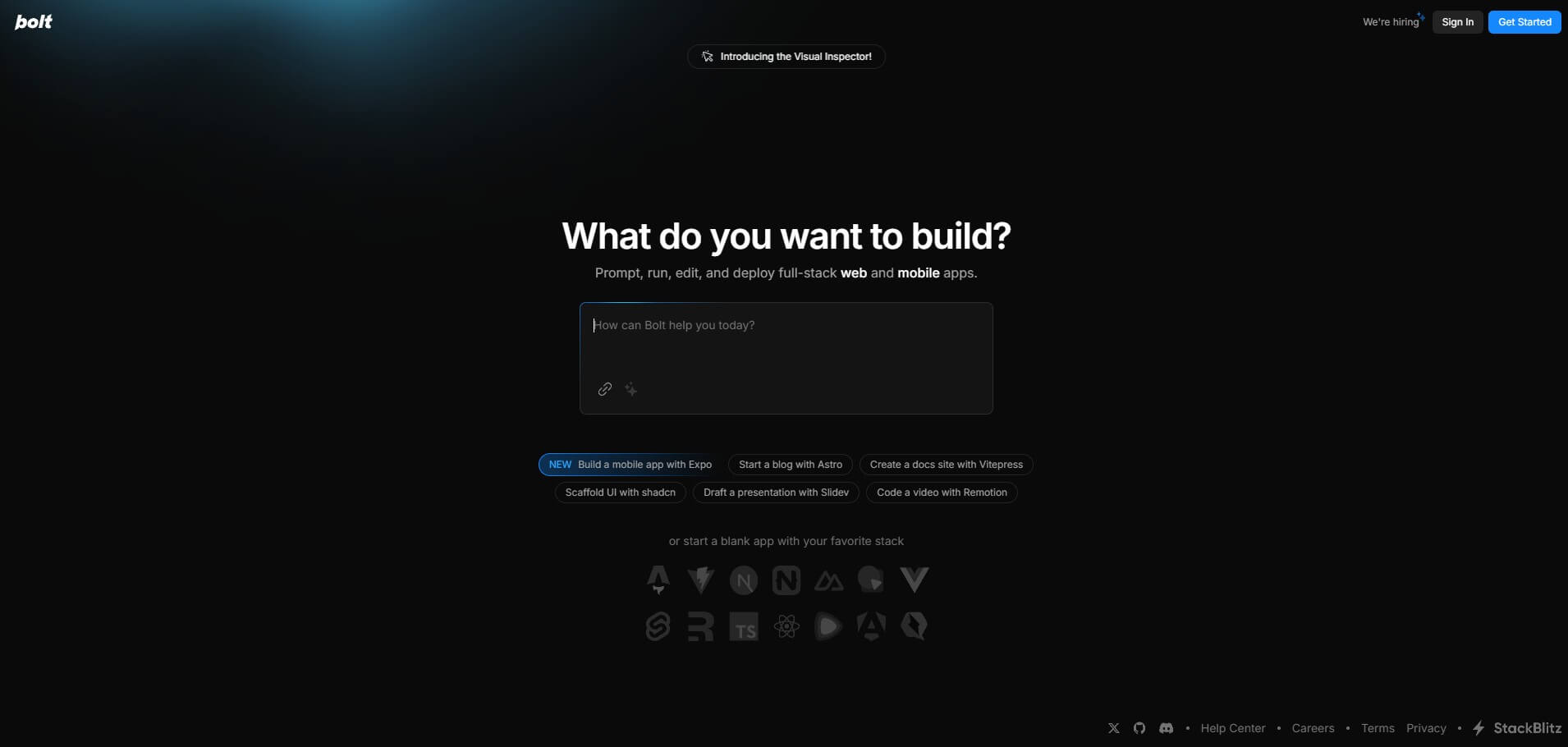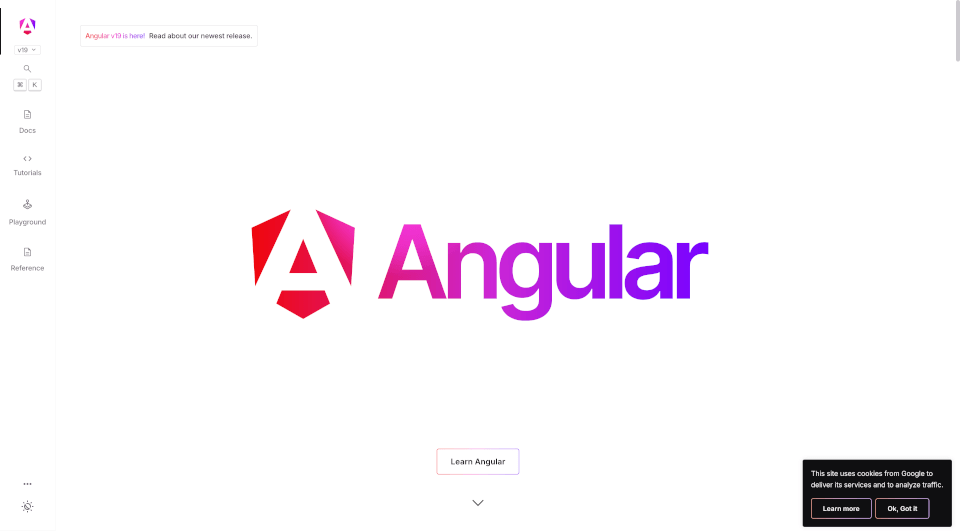Microsoft Phi is a series of small language models (SLMs) designed for various language processing tasks. Despite their compact size, these models produce high quality results. The Phi family has evolved over time, with each version improving performance and capabilities. These advancements highlight the potential of small language models in real world applications.
Phi-1 was the first model in the series, designed for basic tasks like text generation, summarization, and translation. Despite its small size, it achieved impressive results, laying the foundation for future Phi models. Phi-1 demonstrated that small language models could still deliver high quality outcomes. It set the stage for the Phi family ongoing evolution.
Phi-2 improved upon Phi-1 with enhanced natural language understanding. This allowed for more accurate and contextually relevant responses, as well as better machine learning techniques. Phi-2 also supported multi turn conversations and multiple languages. These upgrades made Phi-2 more versatile and effective in complex language tasks.
Phi-3 built on Phi-2 advancements with enhanced reasoning capabilities. It tackled more complex problems and provided insightful, human like responses. Phi-3 incorporated state of the art natural language processing techniques. Its ability to handle a range of applications, from customer support to content creation, made it one of the most advanced small models available.
Phi-4, the latest release, excels in complex reasoning tasks, particularly in mathematics. It outperforms larger models in math related reasoning due to improved data curation and post training innovations. Phi-4 is available on platforms like Azure AI Foundry and Hugging Face. This accessibility makes it a valuable tool for developers and researchers worldwide.
The Microsoft Phi series has continuously evolved, with each version showing improved performance and capabilities. Phi models have grown in versatility, tackling a wider range of language tasks. Phi-4, the latest iteration, pushes the boundaries of small language models. With these advancements, Microsoft demonstrates the growing potential of Phi models in diverse industries.
